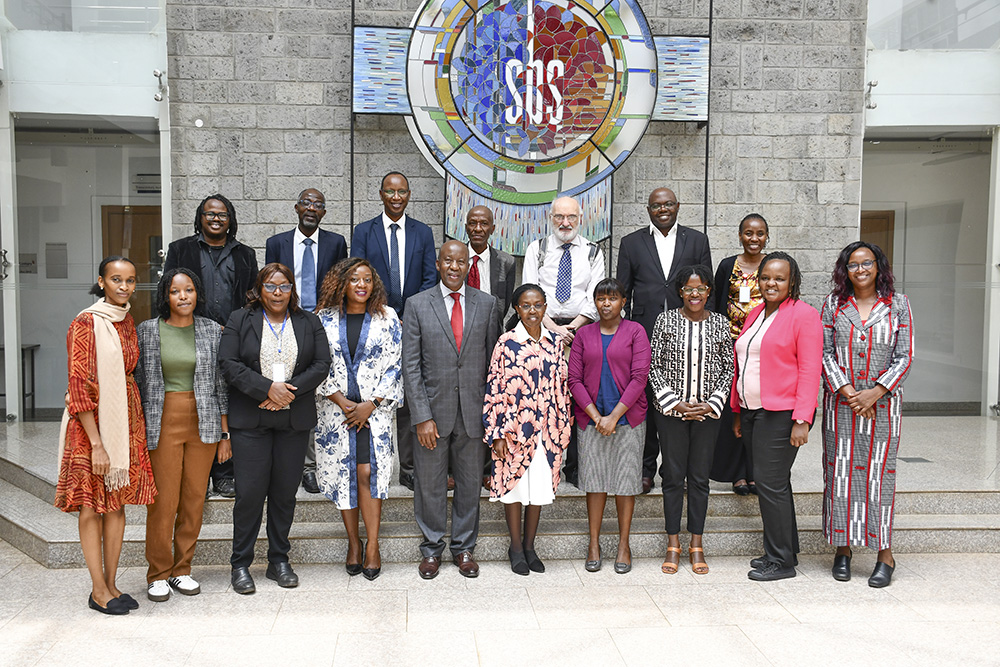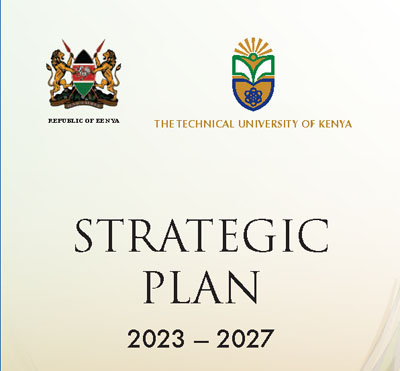The Faculty of Social Sciences and Technology, Technical University of Kenya and the School of Humanities and Social Sciences, Strathmore University, jointly launched ‘Writing the Arts & Humanities in Africa’ journal (WAHiA) On April 15, 2025, at Strathmore University. The launch marked a significant milestone for African scholars who have been adamant on having African stories authored by those who live them.
Speaking during the launch, Prof. Izael Da Silva, Deputy Vice-Chancellor for Research and Innovation at Strathmore University, underscored the importance of embedding African experiences in research and knowledge production.
“A proper university teaches, yes, but it must also generate new knowledge and drive social change,” he said.
“Research, is thus not a luxury but a necessity—especially as Africa’s population is projected to comprise 25% of the global population by 2040.”
With ISSN: 3079-7772, WAHiA is more than a journal; rather it is intended to be used a vessel for cultural memory, scholarly rigour, and intellectual re-imagination. Additionally, the journal affirms the central role that African scholarly work plays in articulating context-specific knowledge and shaping the intellectual future of the continent.
TU-K’s Dr. Lydia Muthuma, a Senior Lecturer, Department of Creative Arts and Media, acknowledged the collaborative spirit behind WAHiA, thanking Strathmore University and Columbia University for their support.
“WAHiA is proof of what can emerge when institutions collaborate rather than compete,” she remarked.
The journal’s editorial board consists of a multidisciplinary team to steer a publication dedicated to African perspectives on African realities. The editorial board includes Dr. Muthuma and Dr. Fredrick Mbogo; while the advisory board members include Dr. Joyce Omwoha, Prof. Paul Wambua, and Dr. Julius Bosire, all from the Technical University of Kenya.
So far, the inaugural issue of WAHiA is already out. It centres on Nairobi’s Dagoretti area—an urban site layered with histories of resistance, migration, memory, and identity. Contributors from the Technical University of Kenya delve into the neighborhood’s physical, artistic, legal, and cultural contours with striking originality.
In the first issue, Dr. Muthuma explores Public Memorials in Dagoretti and how land tenure shapes social cohesion; Dr. Fredrick Mbogo examines Cosmopolitanisms through the politics of naming in Dagoretti and Nairobi West; Ms. Raquel Jerobon writes on Claiming Land and Space in the City, foregrounding struggles over urban belonging; Ms. Lorna Munga reflects on Beyond Traditional Documentation, by offering new approaches to preserving local histories; Mr. Asajile Mwakalinga presents Voices in Melodies: Remembering Mau Mau, examining music as a mode of resistance; Dr. Omwoha interrogates The Murals of Dagoretti, exploring how visual communication propels social change; Dr. Joseph Kedogo documents The Architectural Morphology: Narratives of the Elders, highlighting spatial heritage, lastly Ms. Grace Gatere critiques intellectual property frameworks in Is Art What You Can Get Away With?, arguing the inadequacy of copyright law for Dagoretti’s visual artists.
The journal’s conception began on 1st March, 2025, under a broader Digital Transformation Initiative. It has since evolved into more than just a digital shift, its deeper purpose is both cultural and intellectual. It is a call to center African experiences in knowledge production.


